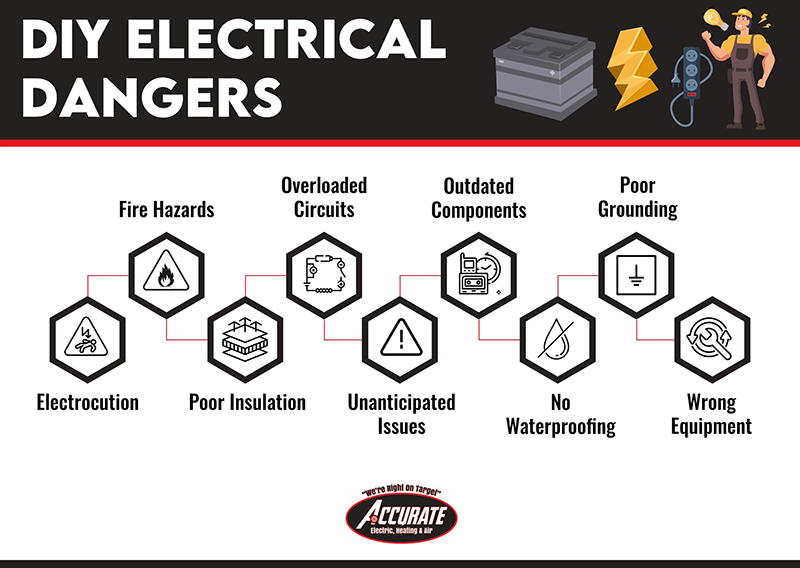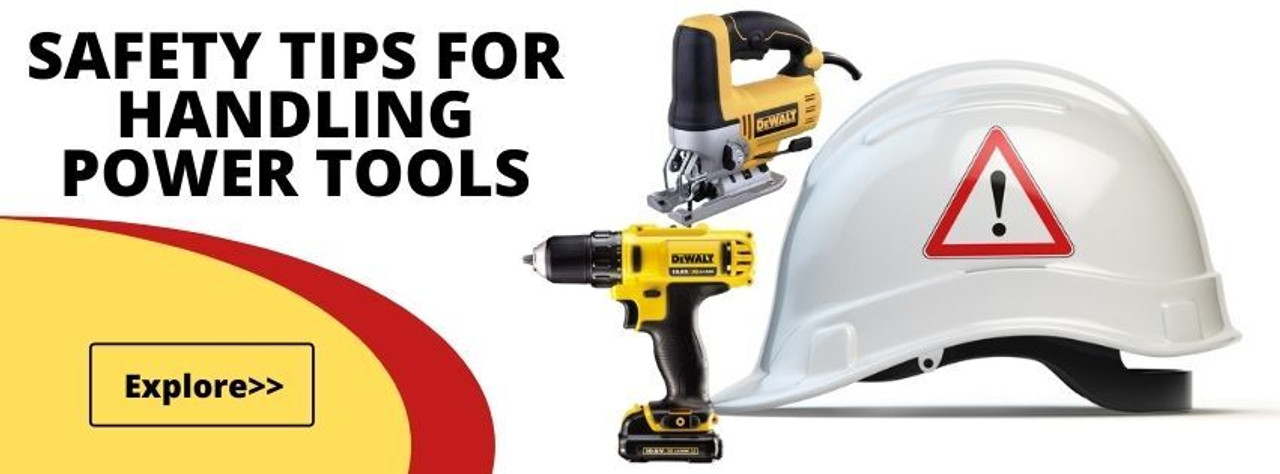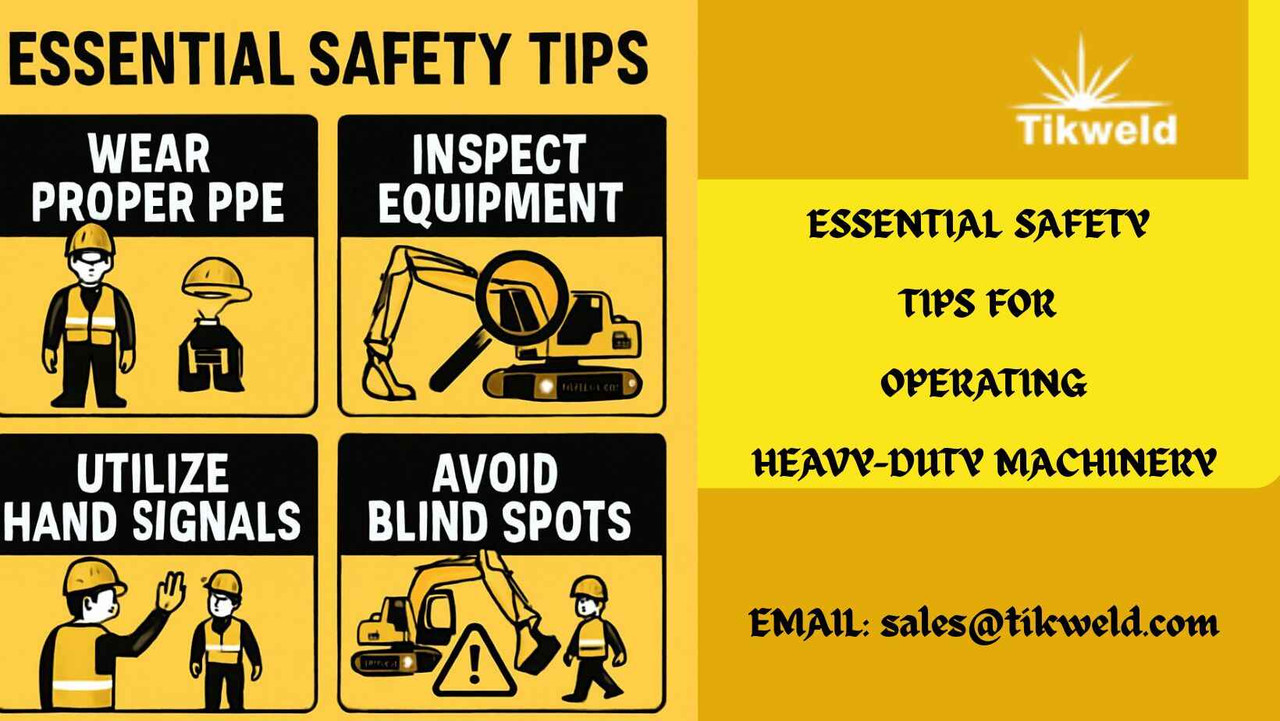When you pick up an electric tool, you expect the job to get done quickly and smoothly. But have you ever stopped to think about the risks that come with using these powerful devices?
One small mistake can lead to serious injuries or damage. That’s why knowing the right safety protocols isn’t just important—it’s essential for protecting yourself and those around you. You’ll discover simple yet effective steps to keep your work safe and stress-free.
Keep reading, because mastering these safety tips could save you from costly accidents and give you peace of mind every time you use your electric tools.

Credit: accurateairtx.com
Choosing The Right Tool
Using the right electric tool improves safety and work quality. It helps finish jobs faster and reduces risks.
Selecting the correct tool is important for every task. This guide explains how to pick tools safely.
Selecting Tools For Specific Tasks
Each job needs a specific tool to work well and stay safe. Using the wrong tool can cause accidents.
Choose tools designed for your task. Check the tool’s features and power before buying.
- Match tool type to the job, like drills for holes and saws for cutting
- Pick the right size and power for the work
- Use tools that fit your hand comfortably
- Avoid tools with missing or broken parts
Checking Tool Ratings And Certifications
Look for tool ratings and certifications before use. These show the tool meets safety rules.
Ratings tell you the tool’s limits. Certifications prove it passed safety tests.
- Check voltage and power ratings on the tool label
- Look for safety marks like UL, CSA, or CE
- Use tools approved for your country or region
- Read the manual to understand safety ratings
Inspecting Tools Before Use
Checking electric tools before use is important for safety. It helps prevent accidents and tool damage.
Always inspect tools carefully to find problems early. This keeps you and others safe while working.
Identifying Damaged Cords And Plugs
Look closely at cords and plugs before using any electric tool. Damaged parts can cause electric shocks or fires.
Check for cracks, cuts, or exposed wires on cords. Make sure plugs are not bent or loose.
- Check for cracks or cuts on cords
- Look for exposed or frayed wires
- Make sure plugs fit tightly and are not bent
- Avoid using tools with damaged cords or plugs
Ensuring Proper Functionality
Test tools to see if they work properly before starting a job. Faulty tools can stop work or cause injuries.
Turn on the tool and listen for strange noises. Check if switches and buttons work smoothly.
- Turn the tool on and off to test switches
- Listen for unusual sounds or vibrations
- Check moving parts for smooth operation
- Do not use tools that do not work properly
Proper Handling Techniques
Using electric tools safely helps prevent accidents. Proper handling keeps you in control of the tool.
Always pay attention to how you hold and use the tool. This reduces risks and increases work quality.
Using Both Hands Safely
Hold electric tools with both hands for better control. This reduces slipping or sudden movements.
Keep a firm grip but do not squeeze too hard. This helps you manage the tool without tiring your hands.
- Use the handles designed for both hands
- Keep fingers away from moving parts
- Wear gloves if needed to improve grip
Maintaining A Stable Work Environment
Work on a steady surface to avoid losing balance. This helps you stay safe and use the tool correctly.
Clear the area from obstacles that can cause trips or falls. A clean space supports safe tool handling.
- Use a sturdy workbench or table
- Keep the floor dry and free of clutter
- Make sure lighting is bright and even

Credit: www.firstaid.co.uk
Wearing Protective Gear
Using electric tools can be dangerous without the right safety gear. Wearing protective gear helps prevent injuries.
Always wear gear that fits well and suits the tool you are using. Safety is the top priority.
Eye And Ear Protection
Electric tools can send debris flying into your eyes. They also make loud noises that can hurt your ears.
Wear safety glasses or goggles to shield your eyes. Use earplugs or earmuffs to protect your hearing.
- Safety glasses block dust and sparks
- Goggles give extra protection from liquids
- Earplugs reduce noise levels
- Earmuffs cover the whole ear for loud tools
Gloves And Appropriate Clothing
Gloves protect your hands from cuts, burns, and shocks. Choose gloves made for the type of tool you use.
Wear clothes that cover your skin and fit well. Avoid loose clothes that can get caught in the tools.
- Use rubber gloves for electric safety
- Leather gloves protect against cuts
- Long sleeves protect arms from sparks
- Close-fitting clothes prevent accidents
Safe Power Supply Practices
Electric tools need a safe power supply to work well. Using power safely helps avoid accidents and damage.
Follow simple rules to keep power sources safe. This protects you and your tools from harm.
Using Grounded Outlets
Always plug electric tools into grounded outlets. Grounding stops electric shocks and fires.
Check outlets for the grounding pin before use. Avoid using damaged or ungrounded outlets.
- Look for three-prong outlets
- Do not remove grounding pins
- Use a tester to check outlet grounding
- Replace damaged outlets immediately
Avoiding Overloaded Circuits
Do not plug too many tools into one outlet. Overloading causes overheating and can start fires.
Use power strips with built-in circuit breakers. Spread tools across different circuits if possible.
- Check the outlet’s maximum load rating
- Limit tools running at the same time
- Use extension cords only if rated for tool power
- Turn off tools when not in use

Credit: www.gz-supplies.com
Tool Maintenance Tips
Electric tools need care to work well and last longer. Regular maintenance keeps them safe and efficient.
Simple habits like cleaning and storing tools properly help avoid damage and accidents.
Regular Cleaning And Lubrication
Clean your electric tools after each use. Dirt and dust can block parts and reduce performance.
Use a soft brush or cloth to remove debris. Avoid water on electrical parts to prevent damage.
- Remove dust from vents and switches
- Wipe blades and metal parts with a dry cloth
- Apply lubricant to moving parts to reduce friction
- Use recommended oils or sprays for your tool type
Proper Storage To Prevent Damage
Store electric tools in a dry, cool place to protect them from moisture and heat.
Keep tools in their cases or on shelves to avoid dropping or knocking them over.
- Use original cases or sturdy boxes for storage
- Keep cords untangled and away from sharp edges
- Store tools off the ground to prevent water damage
- Check stored tools regularly for signs of rust or wear
Emergency Preparedness
Working with electric tools can be risky if safety steps are not followed. Being ready for emergencies helps prevent serious harm.
Know what to do if an accident happens. Quick action can save lives and reduce injuries.
First Aid For Electric Shock
If someone gets an electric shock, first turn off the power source. Do not touch the person if they are still in contact with electricity.
After power is off, check if the person is breathing and has a pulse. Call for emergency help right away.
- Do not touch the person while they are connected to power
- Turn off the power source immediately
- Check breathing and pulse
- Call emergency services
- Start CPR if needed and trained
Knowing When To Seek Professional Help
After an electric shock, always get medical help. Some injuries are not visible but can be serious.
Seek help if the person feels weak, has burns, or loses consciousness. A professional can check for heart or nerve damage.
- Call a doctor even if the person looks fine
- Go to the hospital for burns or pain
- Watch for dizziness or confusion
- Follow all doctor advice after the incident
Frequently Asked Questions
What Are The Essential Safety Tips For Electric Tools?
Always wear protective gear like gloves and goggles. Inspect tools before use for damage. Use tools only for their intended purpose to prevent accidents.
How Can I Prevent Electric Shock When Using Tools?
Ensure tools are properly grounded. Avoid using electric tools in wet conditions. Use insulated handles and check cords for damage regularly.
Why Is Regular Maintenance Important For Electric Tools?
Regular maintenance ensures tools work efficiently and safely. It helps spot wear and tear early, preventing malfunctions and accidents.
How Should I Store Electric Tools Safely?
Store tools in a dry, secure place. Keep them away from children and moisture. Proper storage extends tool life and prevents hazards.
Conclusion
Prioritize safety when using electric tools. Follow the guidelines for each tool. Always wear protective gear, like gloves and goggles. Stay focused and avoid distractions. Inspect tools for damage before use. Keep your work area clean and organized. Store tools properly after use.
Take breaks to avoid fatigue. Safety is key to successful projects. Practice these tips every time. Stay safe and enjoy your projects!
8 min read

